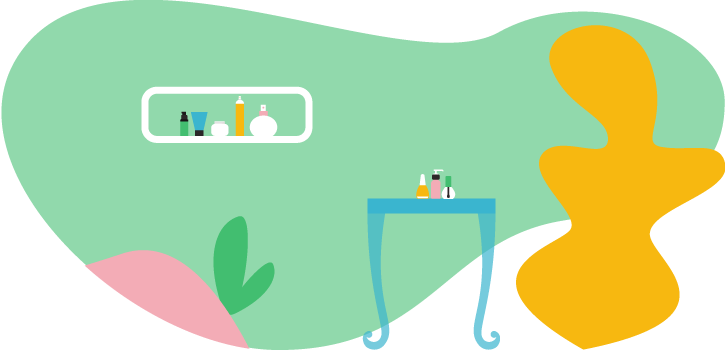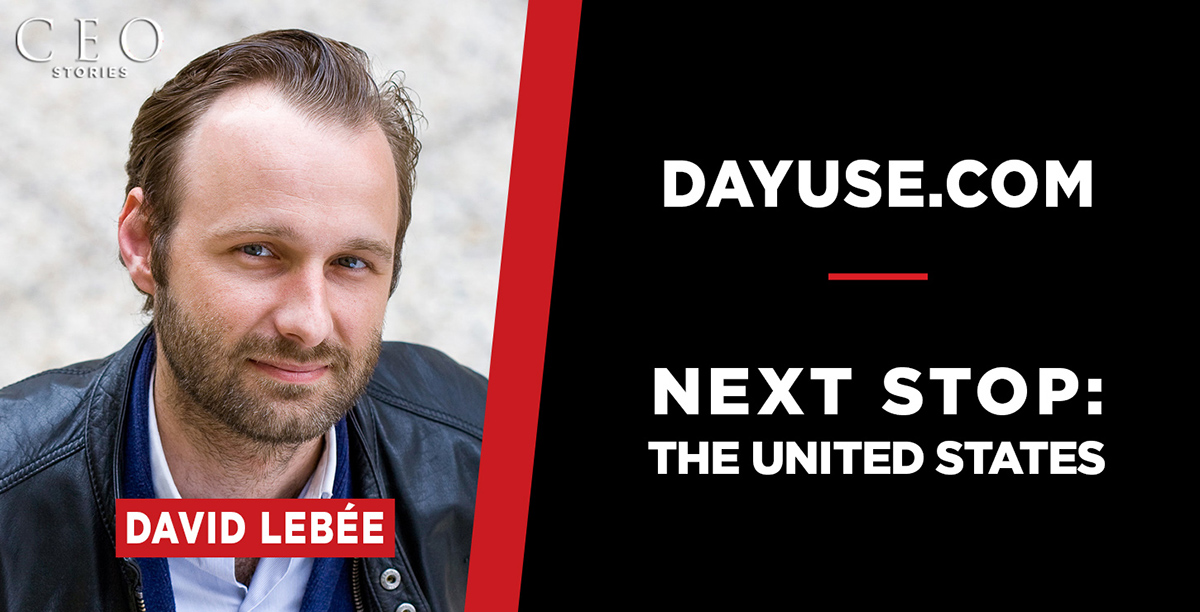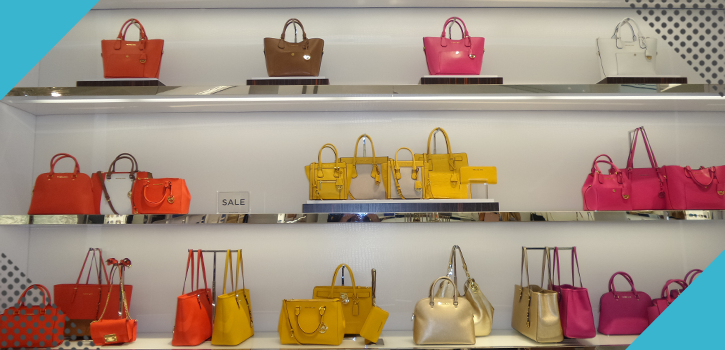From natural beauty in Asia and men’s grooming in Latin America to organic products in the United States and custom fragrances in the Middle East, each region of the world has its own beauty demands and cultural sensibilities. Where and how should cosmetic brands export? Should they systematically adapt or capitalise on the unique know-how of their country? Will they find a market on the continent they choose? Our analysis.
Want to know more about expanding your eCommerce business globally? Discover our free eBook!
Asia: quality above all else
The market
China is the second- biggest cosmetics market in the world and even ranks as the word’s biggest market for skincare. Foreign brands dominate with 80% of the market. And because Chinese consumers demand quality products across all product categories, the average transaction continues to rise steadily. Japan is not far behind: as the third--largest cosmetics market in the world, it is inspiring all of Asia and, gradually, the rest of the planet. What about Japanese consumers? They are beyond fond of beauty products: some women use up to 15 per day!
They are looking for…
– Skin lightening products
– Creams with minimal fragrance for Hong Kong women
– Innovative products such as fabric masks which are blowing up in Northern Asia
– The new trend for cosmetic food supplements, as in France with the small, but growing brand, Aime.
– Extremely subtle make-up colours because Japanese women prefer to set themselves apart discreetly, which explains the success of Uka base coats, which are not even varnishes, but extremely nuanced, tinted bases.
– The reputation of French cosmetics and chemists: Asian customers demand sophisticated products and pore over their ingredients before buying.
Follow the example of…
– Avène: on 12 July 2017, the French cosmetic brand welcomed with much fanfare a group of Hong Kong’s key influencers to its namesake village in Languedoc-Roussillon. In particular, Cecilia So, an actress and model, shared with her 66,000 Instagram followers a picture of the brand’s thermal water spray that garnered over 2,000 likes.
– Galeries Lafayette: eager to fulfil every last wish of Asian tourists, Galeries Lafayette Haussmann opened a section devoted entirely to health and beauty in the annex created for these tourists.
But keep in mind…
– The legislative framework, which is changing fast in China
– It can take up to 2 years to obtain product approval: for example, if you want to export your product in 4 shades, you will have to get approval 4 times — while hoping that no new regulations are passed in the meantime. Otherwise, you will have to start from scratch.
– Start with Hong Kong to gain access to the Chinese market a bit more easily
Latin America: the rise of men’s grooming
The market
In its 2017 study, ‘Men’s Grooming in Latin America: Key Trends & Opportunities’, Euromonitor International shed light on an imminent trend in emerging countries: men’s grooming. Latin America will be the cornerstone of this burgeoning market, estimated at 10 billion dollars in 2016 and projected to grow by more than 27% by 2021 — the highest growth rate in the world.
Brazil is also a key market for beauty: the third-biggest in the world after the United States and Japan. Brazilians love top-of-range products which they buy locally and when travelling, accounting for over 1 billion Euro in the world trade balance. In Colombia, the Bogota metropolitan area is becoming one of the main centres for the production and developing of cosmetics and personal care products in Latin America. For proof, look no further than Air Liquide’s decision to open a Seppic facility in the capital city. By all accounts, a promising market…
They are looking for…
– Beauty products for men
– Products which target specific beauty problems, especially on a continent of such startling physical diversity: there are no fewer than 8 hair types in Brazil alone
– Biodiversity with the use of local ingredients like the babassu nuts used in hair products formulated in Brazil. This is a key point, especially given that women in the region have a strong preference for long hair in a country with hot, humid weather and abundant sunshine.
– More modern distribution channels that offer new consumer experiences
Follow the example of…
-Vichy or La Roche Posay: skincare products developed specifically for the Brazilian market which are formulated with local products.
–L’Oréal: seeking to modernise its distribution in Brazil, the group launched ‘kiosks’ for its Maybelline make-up brand: these small, stand-alone points of sale in shopping malls and arcades in large cities. It also set up dermacenters that offer skin treatments at druggists’ with a dedicated customer adviser.
– In 2010, Sephora (LVMH Group) bought Sack’s, the leading Brazilian online retailer of cosmetic and beauty products.
But keep in mind…
– Most cosmetic ingredients do not have to be registered with the ANVISA (Brazilian National Agency for Safety Monitoring).
– However, finished cosmetic products are subject to more rigid and restrictive legislation.
– For manufacturers of raw materials, the In-Cosmetics Brasil trade show is a must: it features more than 200 exhibitors presenting raw materials, fragrances, lab equipment and testing and regulation solutions, plus nearly 3,000 cosmetic manufacturers from all of Latin America.
North America: the organic goldmine
The market
This is THE most dynamic market in the world Imports continue to rise with a total value that flirted with 12 bilion dollars in 2015. France is positioned as its number 1 supplier with a 22% market share in 2014 and growth of around 135% over 2013. In 2017, French fragrance and cosmetic exports amounted to 136 billion Euro. Germany and the United States are the two countries to which France sends the vast majority of its beauty exports.
They are looking for…
– Natural and organic ranges: the arrival of new brands like Glossier has changed the game and set the bar for more natural beauty as part of the ‘healthy’ lifestyle that is the gold standard of brands such as Whole Foods, the organic hypermarket that also sells green beauty products, superfoods and food supplements. Because in the United States, everything one eats should serve one’s beauty or wellness.
– Natural products designed for specific applications
– Ethical certifications: the Non-GMO Project Verified seal is already well established in the food industry and is now spreading to natural cosmetics. Fair trade, vegan and gluten-free certifications, along with the usual natural and organic designations, are also increasingly common on cosmetics.
– Creative, alternative distribution channels
Follow the example of…
– The brand Good For You Girls which connected with a highly targeted segment in the natural space: teen girls and the health-conscious.
– Tata Harper and REN which have launched several anti-pollution products to protect and soothe skin exposed to atmospheric pollutants.
– The Canadian company Novia Scotia Fisherman which has developed natural products for extreme weather conditions.
– Andalou Naturals, Dr. Bronner’s Magic Soaps and EO Products labelled ‘Non-GMO Project Verified’ to guarantee to their customers that their products contain no genetically modified ingredients.
– NYX, whose advertising is implemented exclusively through its influencers and consumer-influencers, who are not even paid so as to remain credible within their communities (no contracts with a brand); or Tarte, Too Faced, E.L.F. and It Cosmetics which focus on influencers who have lower profiles, but are close to their targets.
But keep in mind…
– The Cosmoprof North America trade show which attracts more than 30,000 industry attendees each year and is considered the most important cosmetics event in North America. It is an essential destination to discover new brands, product innovations, packaging types and distribution channels. With more than 1,000 exhibitors from 40 different countries, it’s an excellent networking opportunity.
– The new California law in force since last September which prohibits animal testing, meaning deodorant, make-up, shampoo and their ingredients can no longer be sold if they were tested on animals.
The Middle East and Africa: natural reigns
The market
In 2017 alone, the beauty sector in the Middle East and Africa is estimated at 30 billion dollars, or 6% of the international market. More specifically, the United Arab Emirates is the country with the highest per-capita spending, putting it in ninth place at the worldwide level.
They are looking for…
– Natural consumers are constantly in search of unprocessed, chemical-free products that are eco-friendly. Even when it comes to colour, natural matters: the most popular lipstick and eye shadow shades are the softest and most natural hues.
– The men’s market: the amount this new target spends on cosmetics is on a continuous upward trend in the Middle East.
– Colour: this is one of the areas that is growing the most
– Skin and haircare product ranges
– Fragrance customisation, a market worth more than 5.5 billion dollars per year.
Follow the example of…
– Ecovillage: its Tunisian founder Hassen Kaabachi decided to found Ecovillage to sell beauty products made from olive oil, an ancestral remedy to care for sun-exposed hair and skin. Tunisia, the world’s fourth exporter of olive oil, sold 70,000 tonnes between 2016 and 2017. The Ecovillage magic potion: a blend of crushed almonds, sesame oil, argan oil and dried plants crafted into organic soaps, beauty masks and creams. The entrepreneur next plans to focus on the African market.
But keep in mind…
Beauty World, the biggest cosmetics show in the United Arab Emirates, is the world’s third largest. More than 1,500 distributors attend to sell their products and check out the latest trends.
In this cosmetic landscape, Africa is the last frontier to be fully explored by beauty professionals. And yet it is a high-growth market with an enormous potential of over 1 billion consumers. Major groups have already made their initial forays, including Unilever, which created Motions, a special haircare range for the African market. The biggest challenges brands will face is diversity: 50 different countries means a plethory of different decision-making and purchase factors.
Would you like to find out more about international expansion? Discover our guide on cross-border e-commerce!







